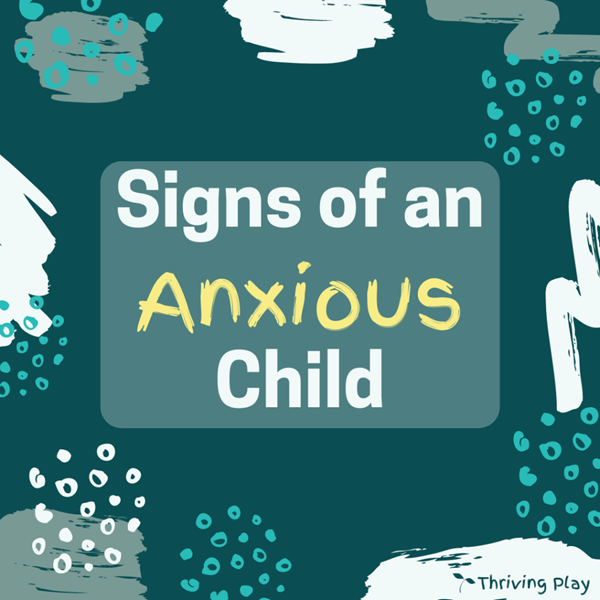Whether or not you’ve had COVID-19, the pandemic has impacted not just the lives of adults, but of kids and teens too. Children (especially young children) often appear as if life doesn’t phase them as much as it does adults. They may be sad, angry, or frustrated for a few moments. Then the feeling is over and they are back to happily playing.

But that playful exterior is not always a mirror image of what is going on inside. Kids express their feelings in many different ways. Sometimes they don’t even know that a feeling is connected to a specific event or problem!
Here are 5 signs that could mean the pandemic has taken on emotional toil on your child or teen:
- After begging for months to start that favorite activity again, your child appears to be sabotaging any plans that include the requested activity.
- Your generally mild-tempered child flares up in anger at the slightest provocation, most recently over the dinosaur chicken nuggets.
- The battle to go to school (either online or in-person) has reached an unprecedented level of resistance seen by both you and the Klingon Empire.
- Even after trying the BRAT diet (Bananas, Rice, Apple Sauce, and Toast) your child still complains of a stomach ache.
- The definition of sleep has somehow changed for your child but you have yet to see a memo.
It’s true that these 5 signs could mean many things, but during times of stress (like a pandemic) caregivers should be on the lookout. Each one points to anxiety or stress of some kind. If they have surfaced during 2020, it is highly probable that the pandemic is to blame. Unless your family has experienced a different stressful event. Either way, the recommendations are the same.
So what is a caring adult to do? Start by validating any feelings. Try and name them if you can. If your child corrects you, accept it. It’s your child who is feeling it, not anyone else.
Next help your child find calmness if necessary. Guide her or him through a few deep breaths, visualizing a safe place, or focusing on muscle relaxation.
Then invite your child to share his or her feelings and where they might be coming from. Don’t judge, just accept. As mentioned before, it’s your child’s feeling and no on else’s.
Finally, ask for ideas on how to handle the issue. Don’t reject ideas, just listen. Then work together to pick the one you both are able to agree on.
Want to go deeper on this topic Send me an email! I’m here to help!

